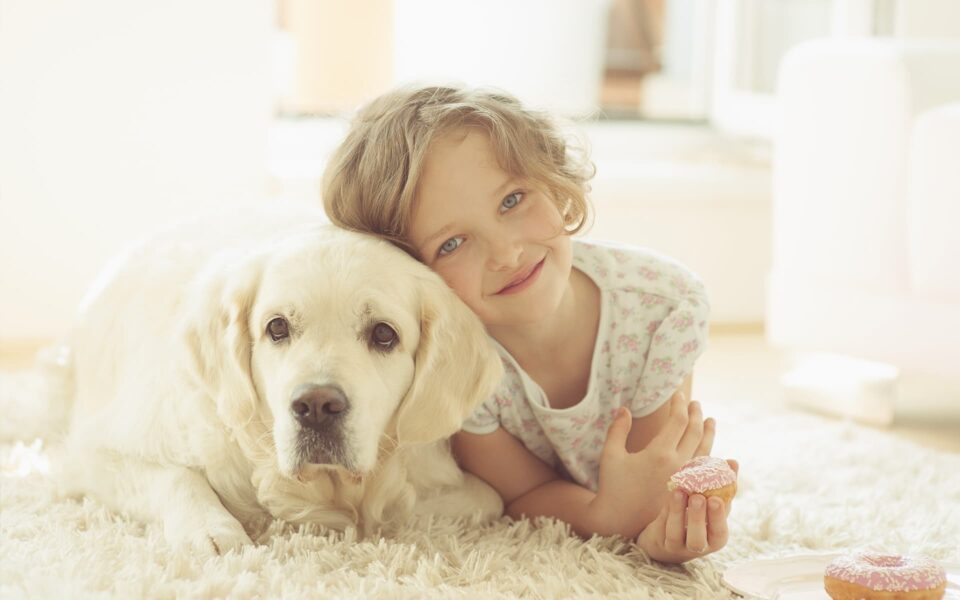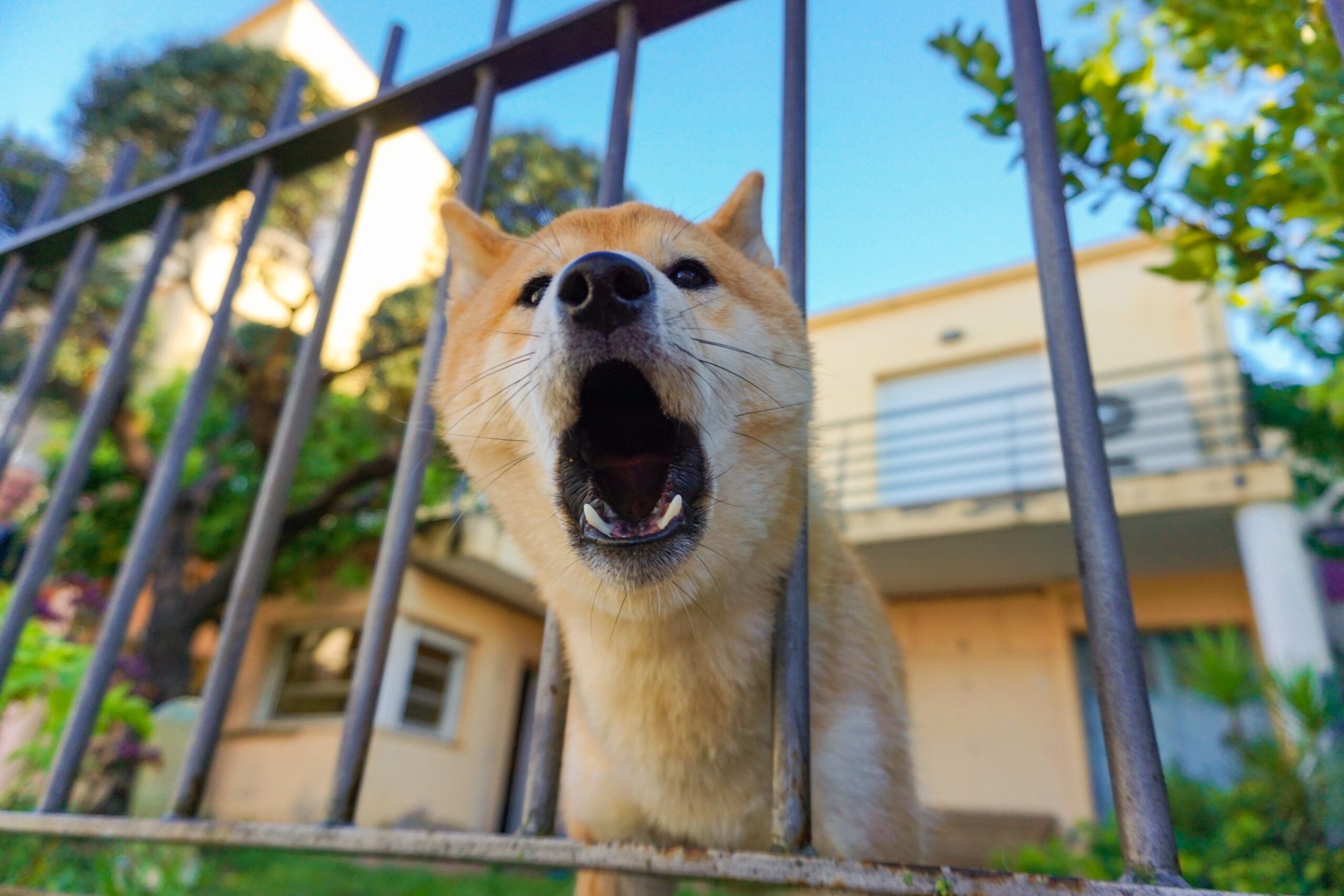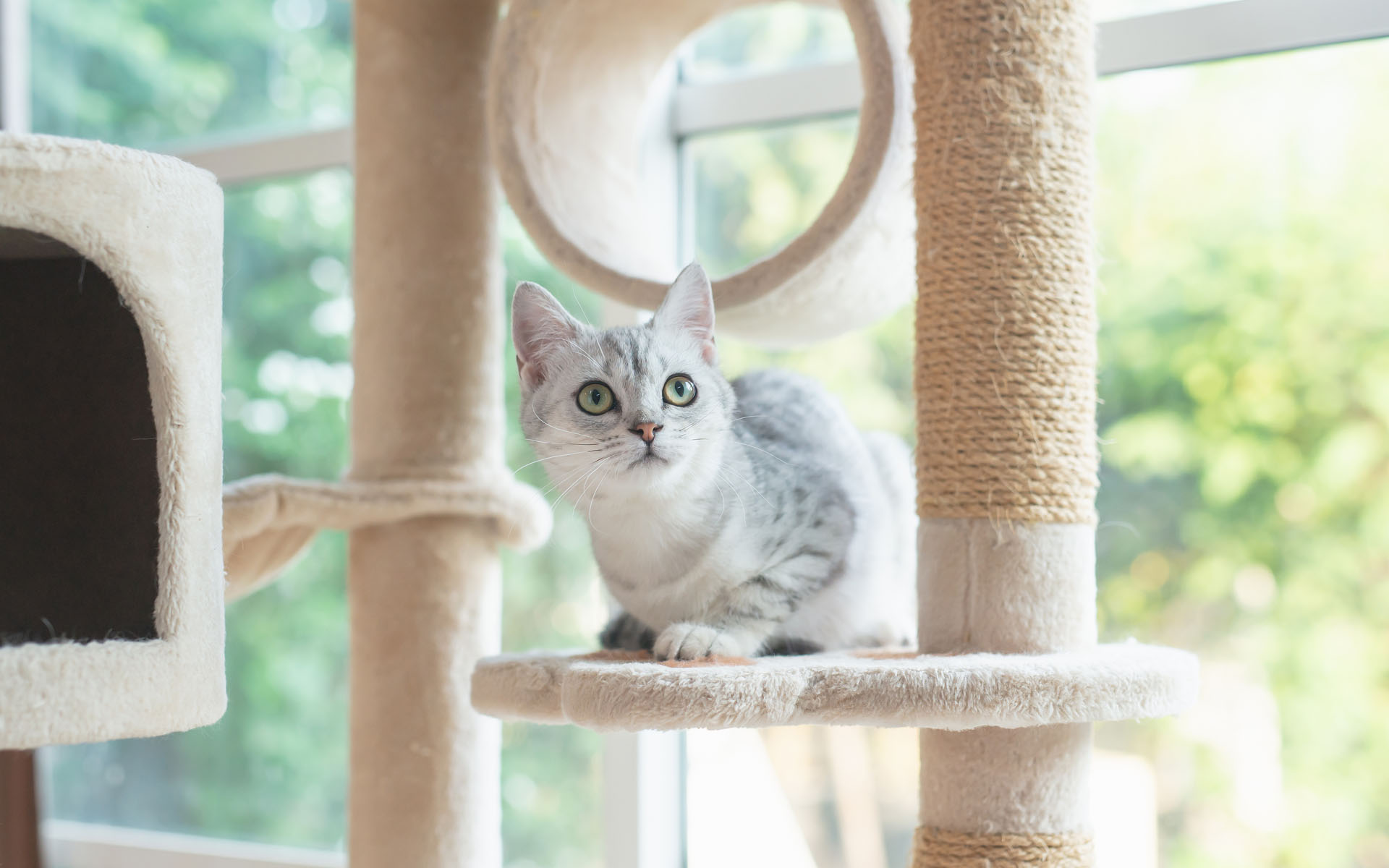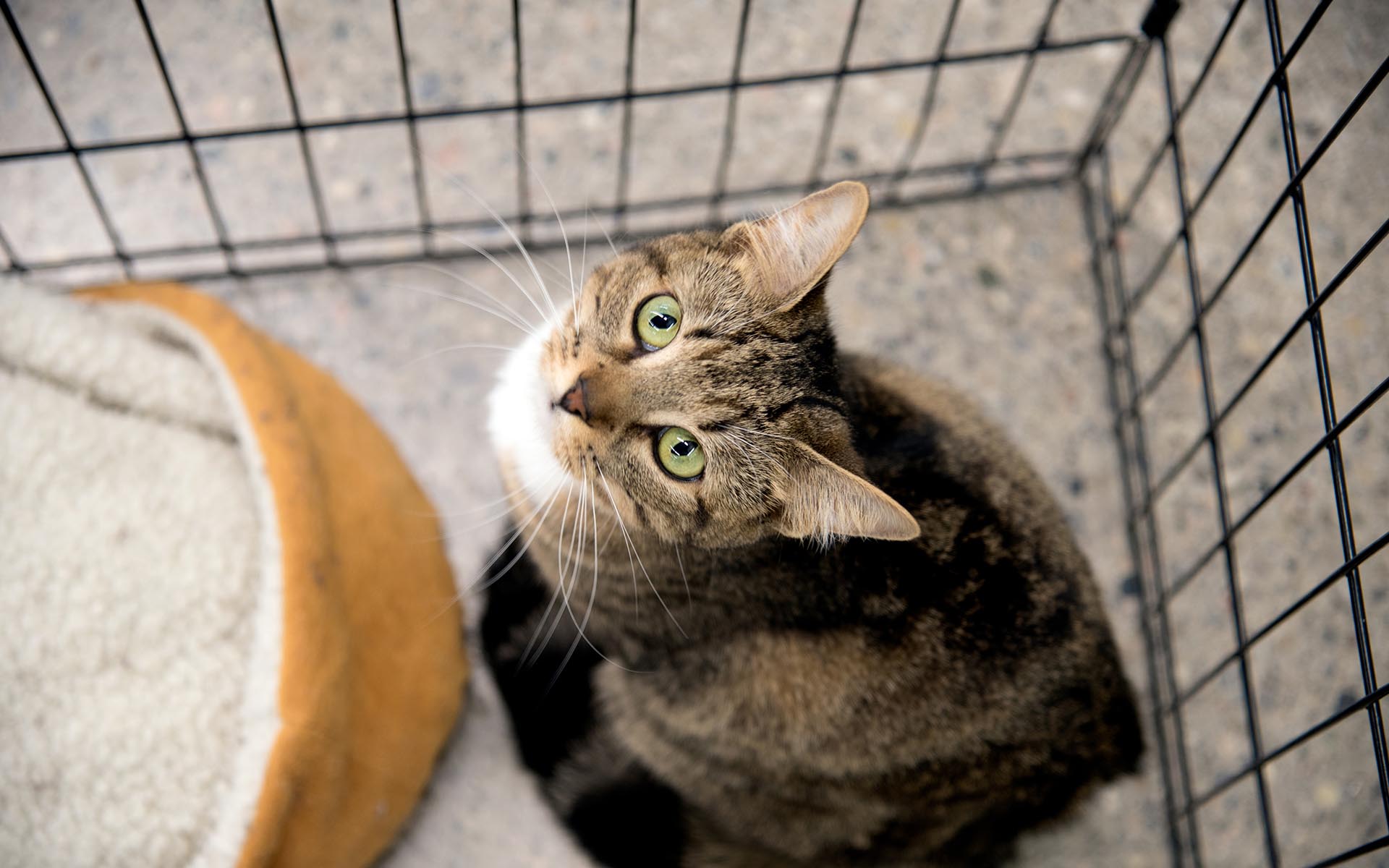The answer to the “Does my pet have emotions?” question is yes. However, we need to be careful not to fall into the anthropomorphism trap by interpreting those emotions. This begs another question: What is anthropomorphism? The answer to this question is in the article that follows. Hence the breakdown of this article into two main points: your pet’s emotions and the definition of anthropomorphism.
YOUR PET’S EMOTIONS
While the 20th century was rather closed from a scientific perspective with regard to the existence of our pets’ emotions, the 21st highlights the importance of focusing on the question. In fact, several studies now prove that certain animals are capable of feeling certain human emotions. By human emotions we mean an emotion observed in humans, such as joy, fear, excitement or anger.
Your animal constantly sends you information about his emotional state through his body language. For example, dogs generally express what they are feeling through their facial expressions, their ears and their tail. Cats also use their body and facial expressions to communicate their state of mind with regards to a situation or an event. By being aware of your pet’s key indicators, you will be able to recognize and interpret his emotions.
THE DEFINITION OF ANTHROPOMORPHISM
Let’s get back to the question from the introduction: “What is anthropomorphism?”. Anthropomorphism is defined as attributing human feelings to your pet. The danger of anthropomorphism lies in the subjectivity of the human who says that her pet has a particular feeling. In fact, that subjectivity is the result of her own interpretation of her pet’s behaviour.
For example, if a cat clings to her master, it does not necessarily mean that the cat needs affection or that she is demonstrating compassion. It could simply be the strategy she has devised to attract your attention in order to guide you to her food bowl! The anthropomorphist can interpret this situation according to his own standards, which could dictate that a human being who clings to another is in need of affection.
Knowing that your companion animal has real emotions, it’s important to pay attention to the messages he sends you. Through observation and with good judgment, you will be able to distinguish the times when your pet feels uncomfortable and the times when he feels good. You can also refer to the article describing The Most Common Stressful Situations for Cats and Dogs. For each situation, you will be able to relate some of the common signs of fear and anxiety to your pet’s body language!









